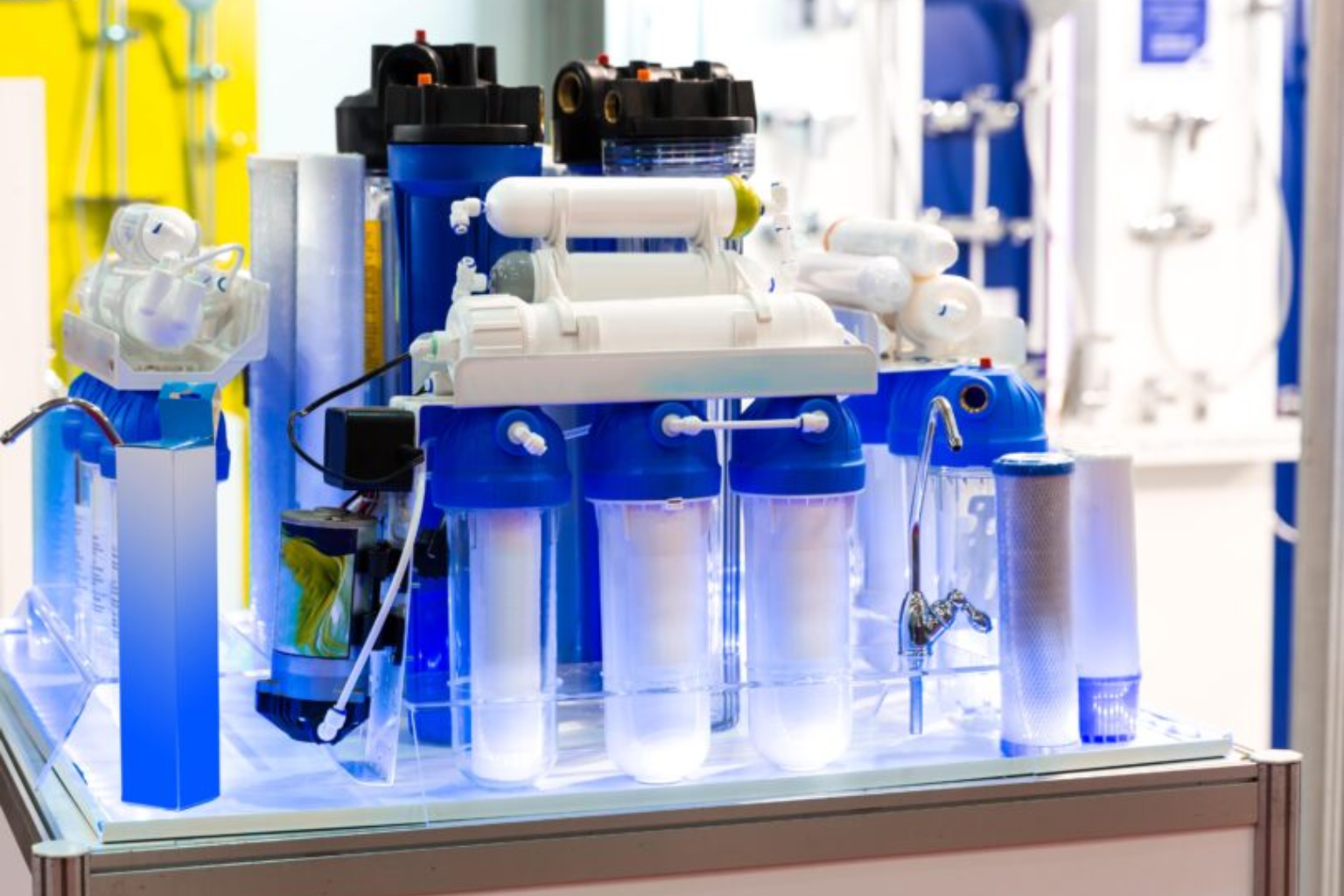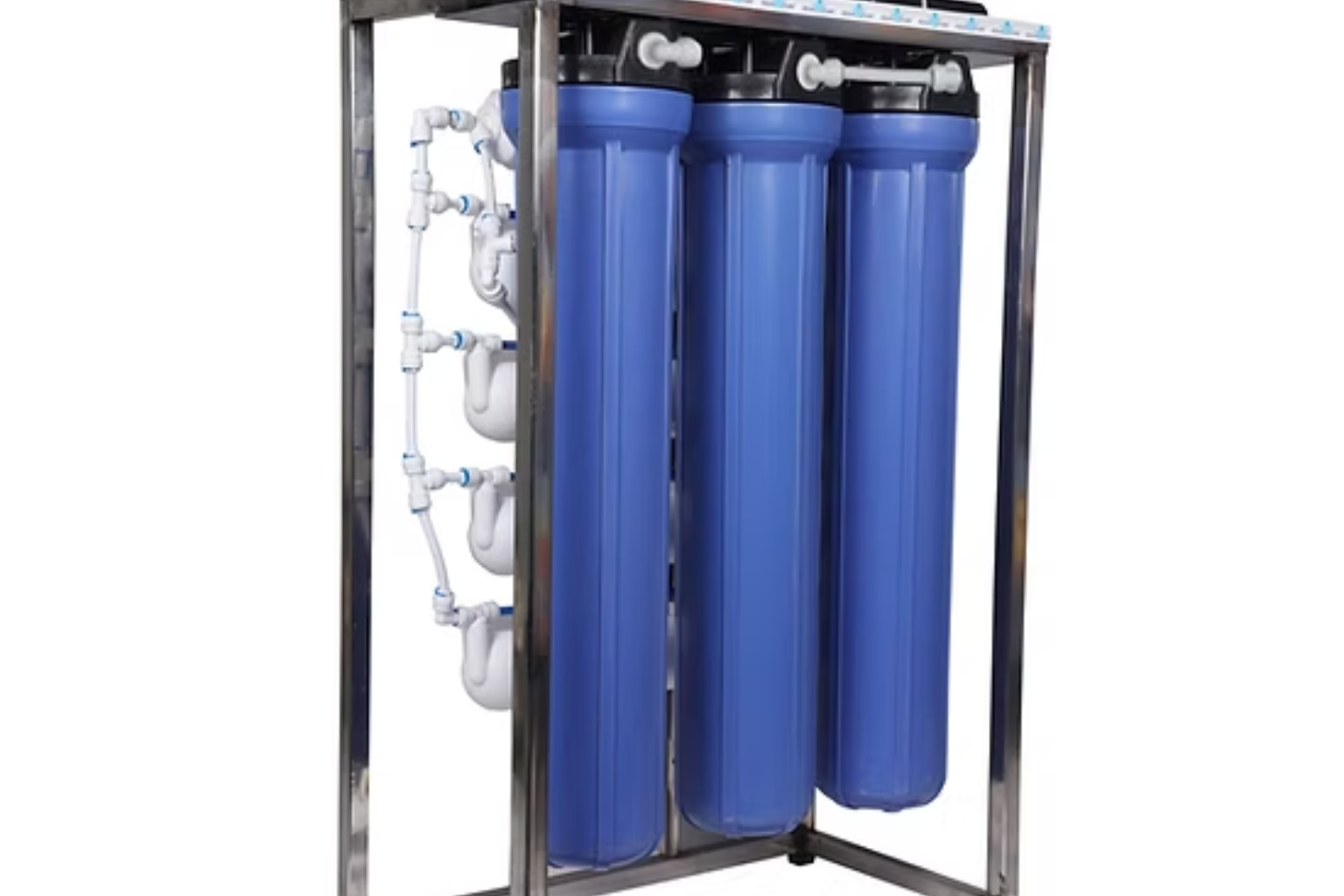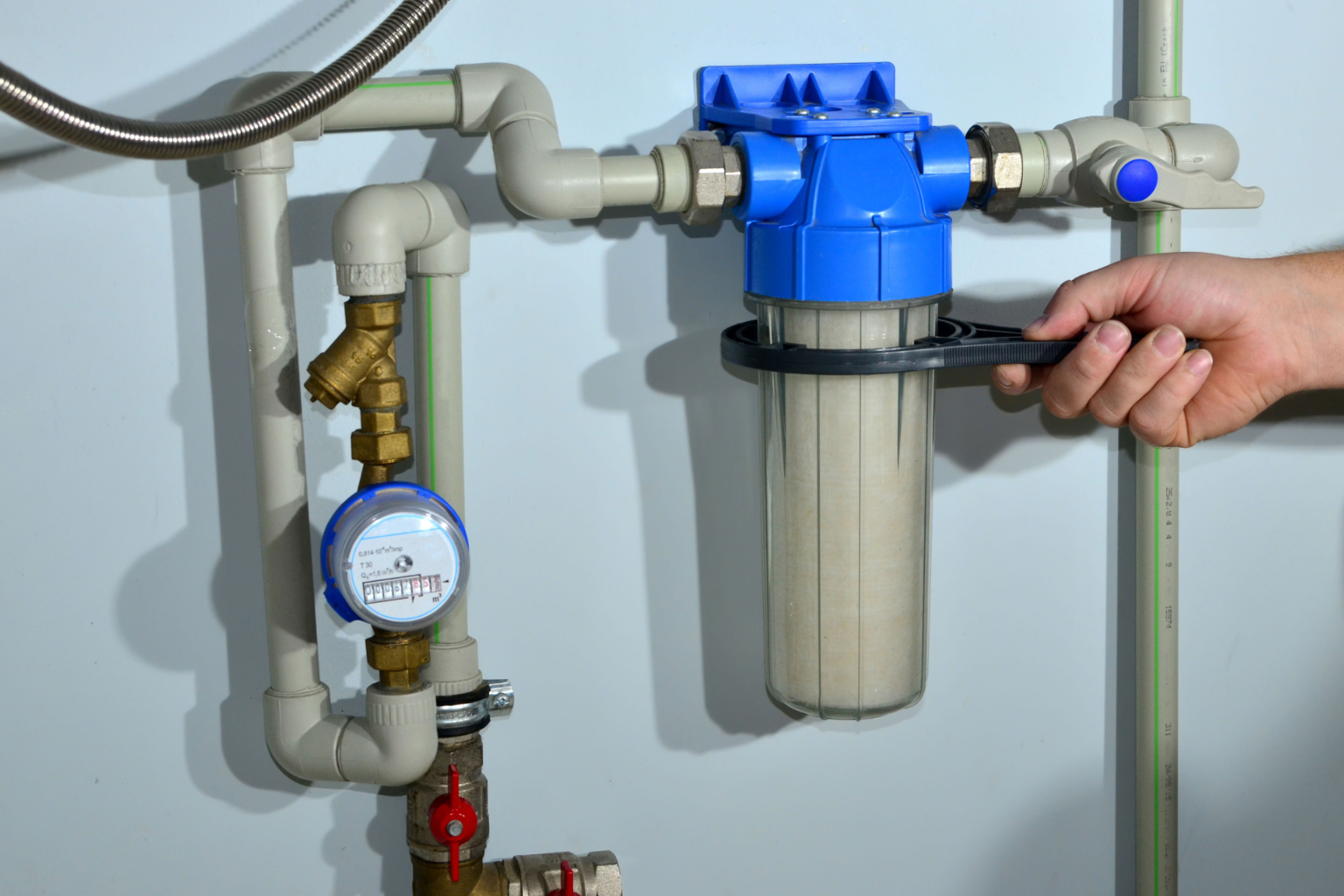It’s easy to take water for granted—turn the tap, fill the glass, take a sip. But hidden behind that simple routine is a truth many communities know all too well: water isn’t always as safe as it looks. Contaminants slip in quietly, and the effects can range from mildly inconvenient to downright devastating. I’m not just talking about murky streams or muddy puddles, but the water flowing straight into homes, schools, and businesses.
What happens when the very thing we need to survive turns against us? That’s the uneasy question people are waking up to, and the answers are neither simple nor comfortable.
The Invisible Problem
The unsettling part about unsafe water is that it doesn’t always come with a warning. A glass might look crystal clear, taste fine, and still carry traces of lead, PFAS, arsenic, or other contaminants. By the time symptoms or illnesses appear, the damage may already be underway. Families discover skin issues, digestive discomfort, or worse, only to later trace the root cause back to what seemed like harmless water.
Communities facing this issue often scramble for contaminated water solutions, because the problem rarely announces itself before it starts taking a toll. And while technology exists to fight it, access, awareness, and affordability often dictate who gets safe water—and who doesn’t.
The Human Side of Contamination
Numbers and reports might spell out the dangers, but behind them are real people. Imagine a parent boiling water every single day just to feel safe giving it to their kids, or a farmer who suddenly can’t rely on his well water for his crops. The stress is exhausting, but it’s also deeply isolating.
Stories like these make it clear: water issues aren’t just about infrastructure—they’re about dignity, safety, and the ability to live without constant fear. Clean water is more than a health need; it’s about being able to trust your environment.
When Businesses Step In
Interestingly, awareness of water contamination has sparked unlikely collaborations. Startups and even food-related ventures have joined the conversation. For example, the quirky yet thought-provoking dirty water dough company turned heads by drawing attention to the fact that unsafe water doesn’t just affect households but trickles into every layer of life—restaurants, bakeries, breweries, and beyond. It’s a stark reminder that water isn’t just for drinking; it’s in nearly everything we consume.
Searching for Practical Fixes
The real challenge lies in creating solutions that are both effective and practical. It’s one thing to install high-end treatment plants in major cities, but what about rural areas where the infrastructure barely exists? Portable filtration systems, affordable household filters, and community-driven initiatives often play a bigger role there.
Governments and NGOs may provide large-scale help, but many families still look for immediate, accessible solutions for contaminated drinking water right inside their homes. Whether that’s a reverse osmosis system, a UV purifier, or a simple activated carbon filter, the focus is on something that doesn’t cost a fortune and can be managed without technical expertise.
Awareness Is Half the Battle
Sometimes the problem isn’t that people don’t care—it’s that they don’t know. Many households don’t test their water regularly because the assumption is, “If it’s coming from a tap, it must be fine.” Unfortunately, that’s not always the case. Local water reports can be confusing, full of technical terms that don’t immediately translate to, “Is this safe for my family?”
Public awareness campaigns and clear communication make a huge difference. A straightforward message—“your water contains high nitrate levels”—has a lot more impact than a lengthy chart filled with chemical terms. The more people understand what’s at stake, the more pressure there is on both local authorities and private sectors to respond.
Technology, Innovation, and Hope
This isn’t all gloom. Technology is moving at an exciting pace. There are now small, pocket-sized devices that can test water quality in minutes. New filtration materials are being developed that are cheaper and more sustainable than older methods. Even community-scale solar-powered treatment plants are beginning to show promise in regions that never had reliable electricity, let alone clean water systems.
It’s not perfect, and accessibility still has a long way to go, but it shows that innovation is working to bridge the gap.
The Bigger Picture: Responsibility
At its core, safe water isn’t just a personal concern—it’s a collective one. Governments, businesses, and individuals all share responsibility. A factory that cuts corners and pollutes a river isn’t just risking fines; it’s risking the health of thousands downstream. A homeowner who assumes their well will stay clean forever might put their family at risk by not testing it.
The problem demands more than gadgets and filters. It needs accountability, transparency, and an acknowledgment that water is not a luxury. It’s a shared right.
Living With Awareness
So what can an ordinary household do?
- Test the water: Even if it seems fine, occasional testing can reveal surprises.
- Stay informed: Local municipalities often release water quality reports—don’t ignore them.
- Invest wisely: If contamination is a risk, even a basic filter can make a meaningful difference.
- Advocate: Speak up in community meetings, push for updates, and demand accountability.
Small steps may not solve global issues, but they help families live with a little less worry and a lot more confidence.
Closing Thoughts
The conversation around contaminated water isn’t going away—it’s growing louder. From quiet kitchen worries to global debates, the reality is simple: safe water shouldn’t be negotiable. And yet, here we are, still wrestling with the basics.
The good news? Awareness is rising, and so are innovations. More people are connecting the dots, recognizing that clean water ties directly into health, food, education, and even local economies. The challenge is making sure those solutions don’t just exist on paper or in wealthy suburbs but reach every corner where they’re desperately needed.
At the end of the day, when you fill that glass and take a sip, it shouldn’t come with questions or fears. It should be simple, natural, and safe. That’s not asking for too much—it’s asking for what should already be guaranteed.




